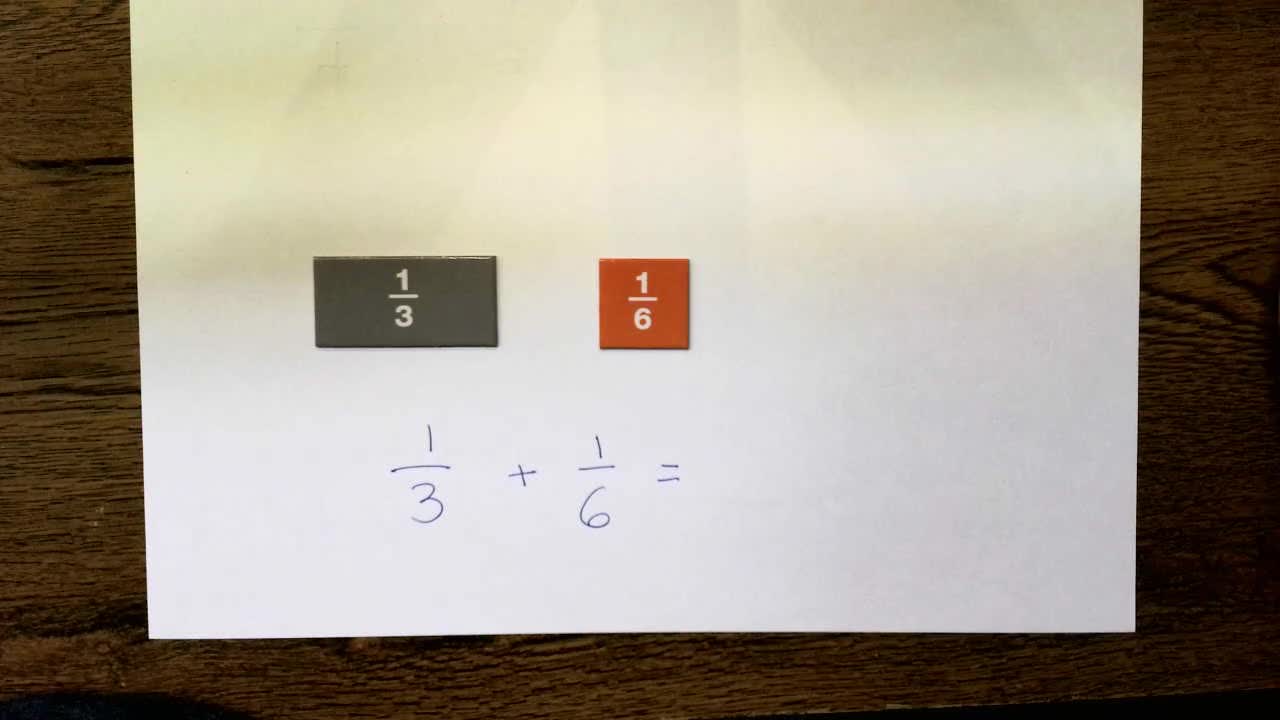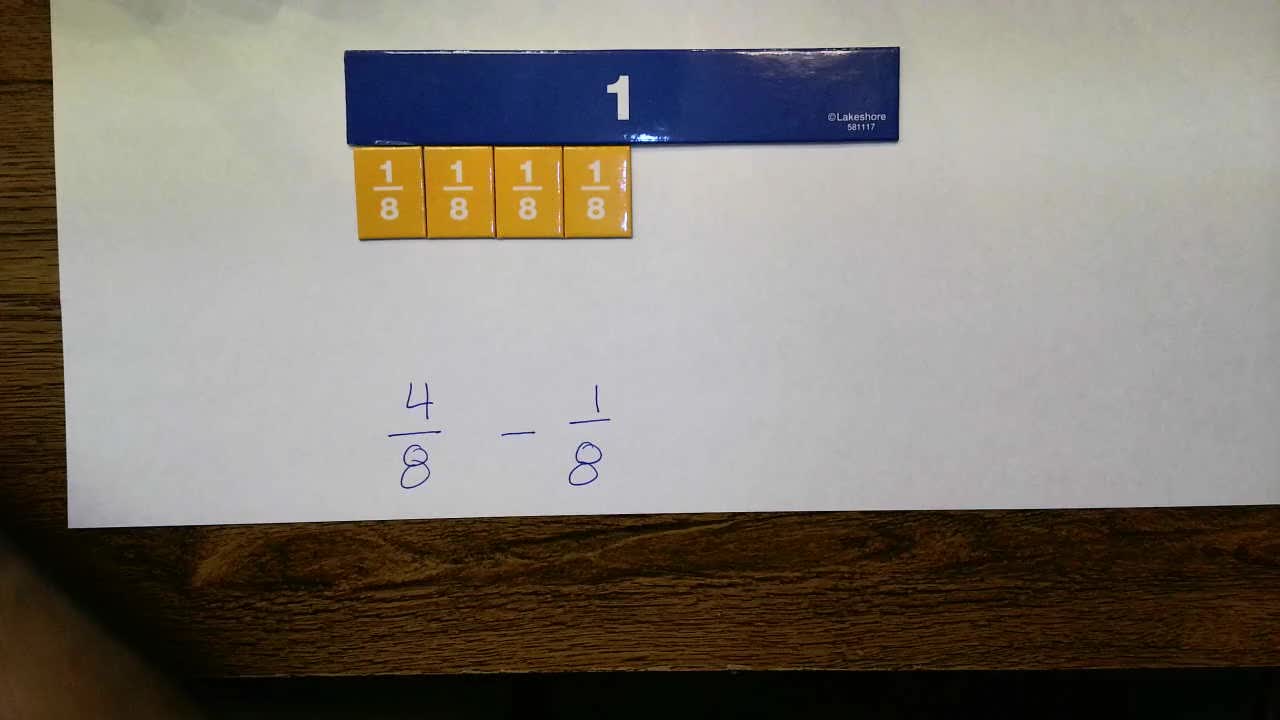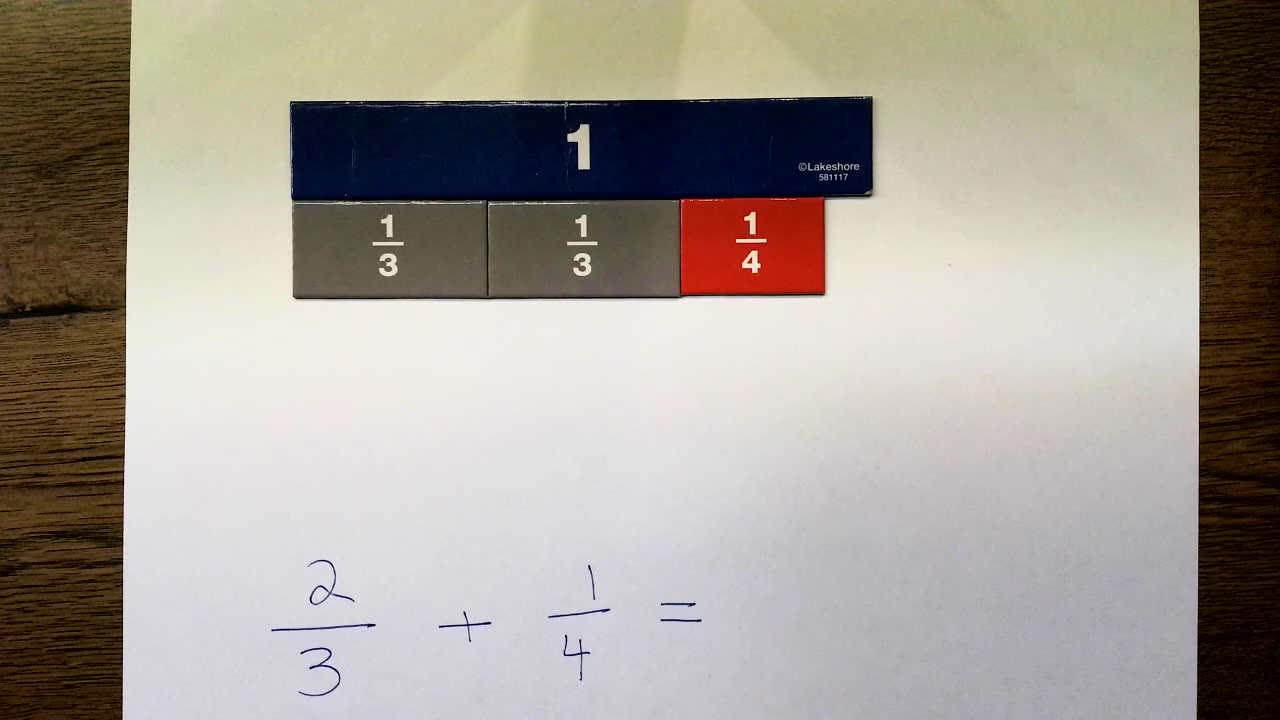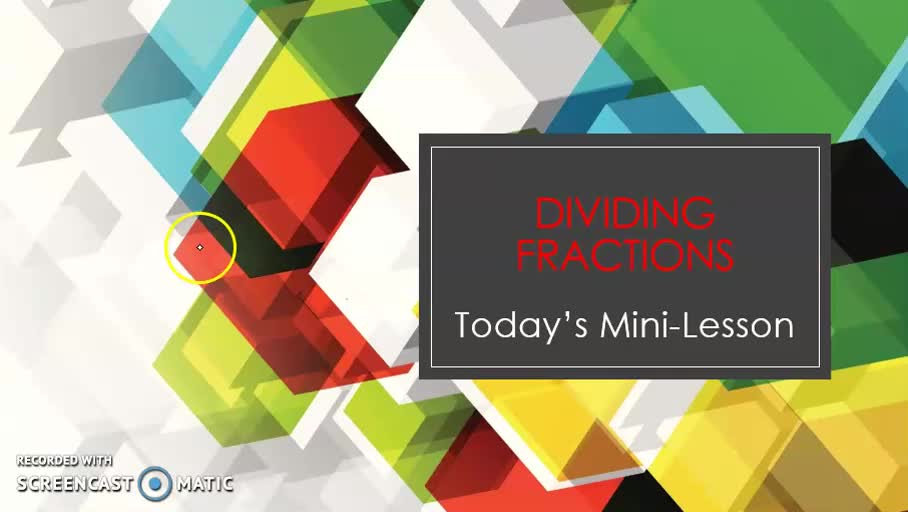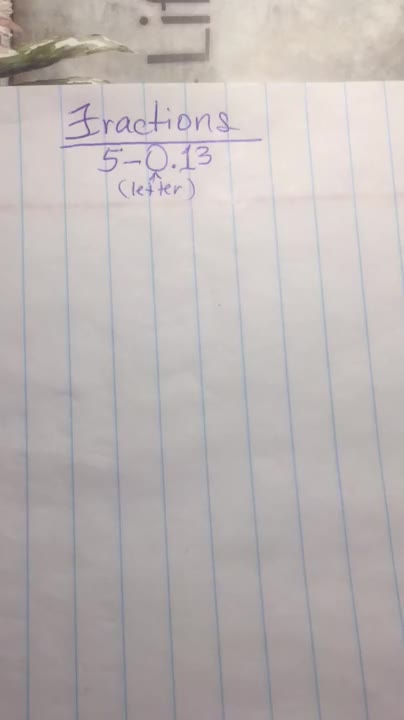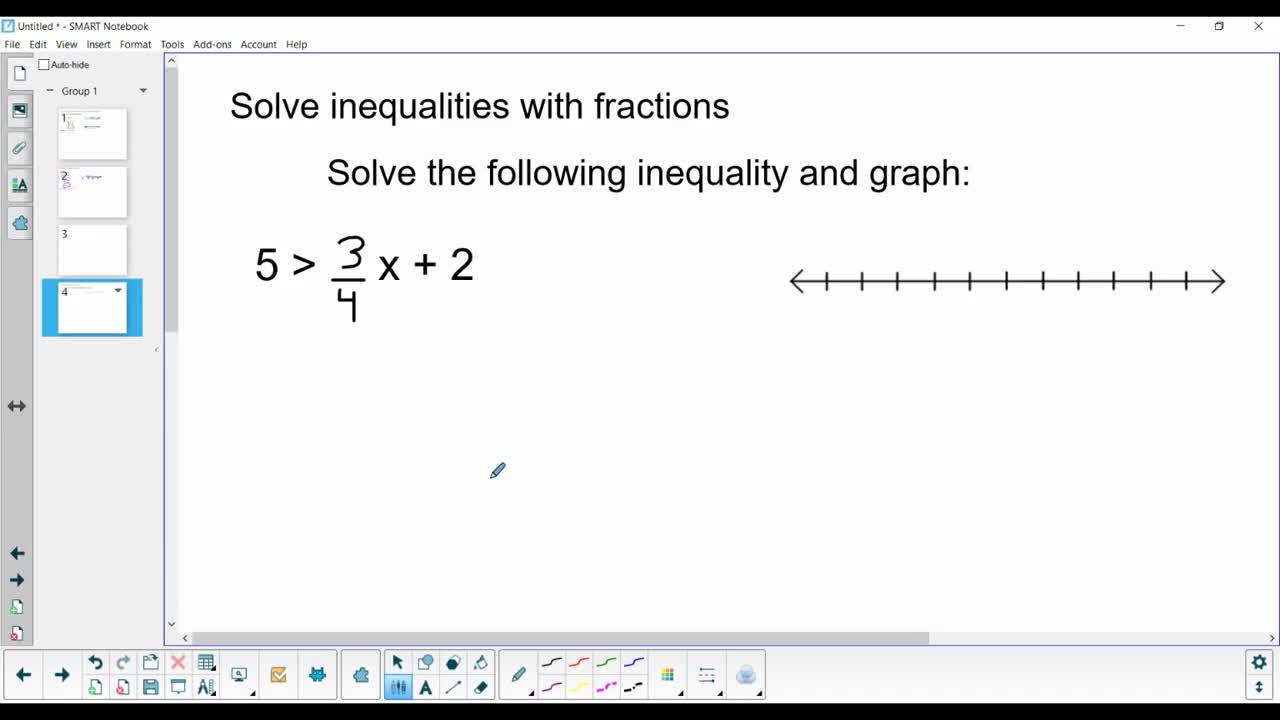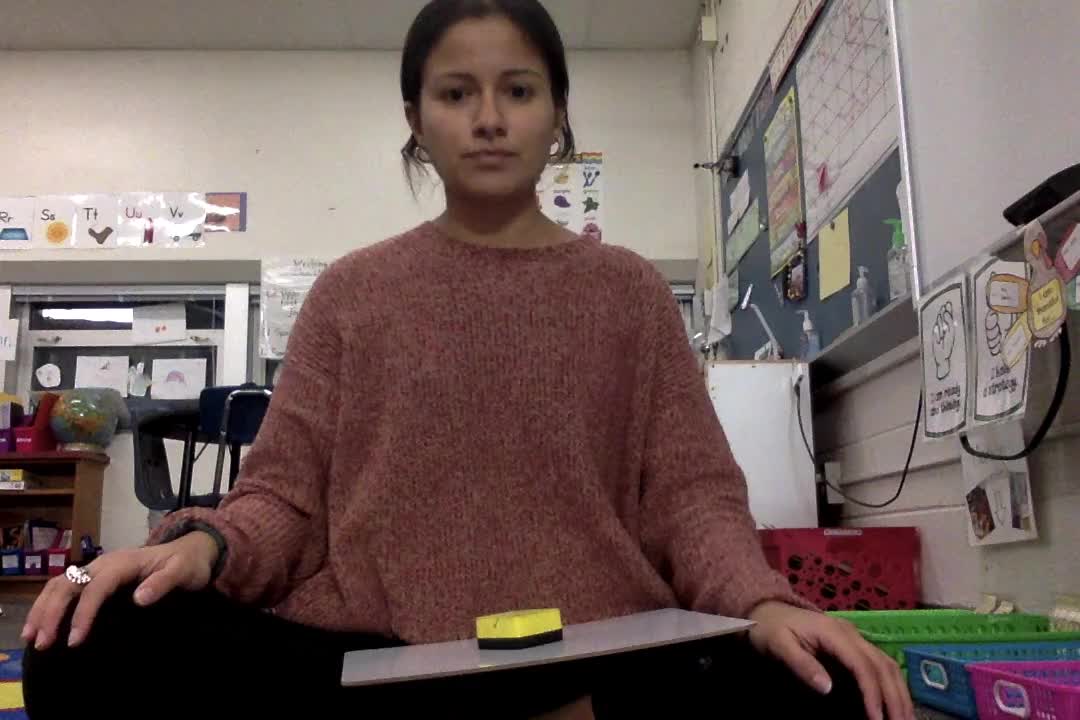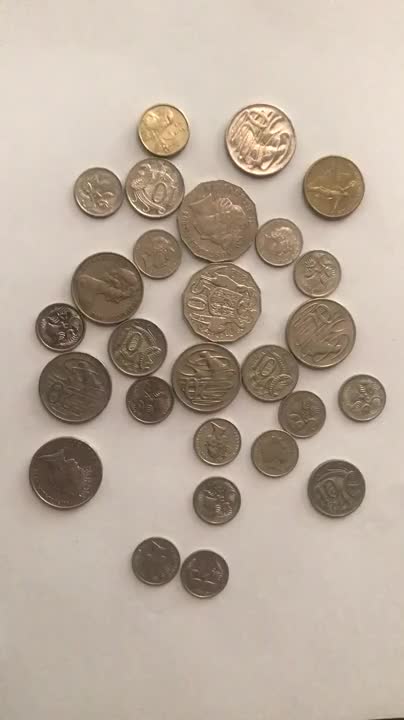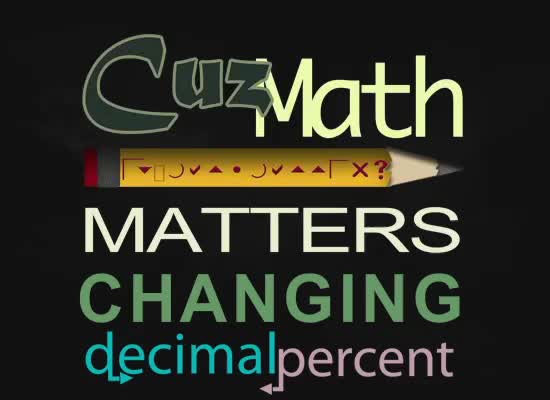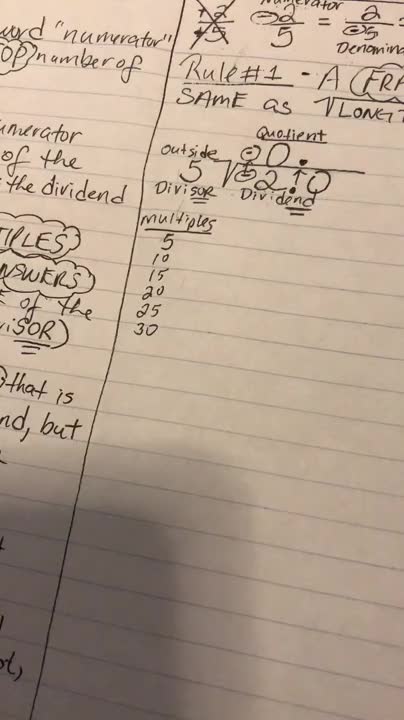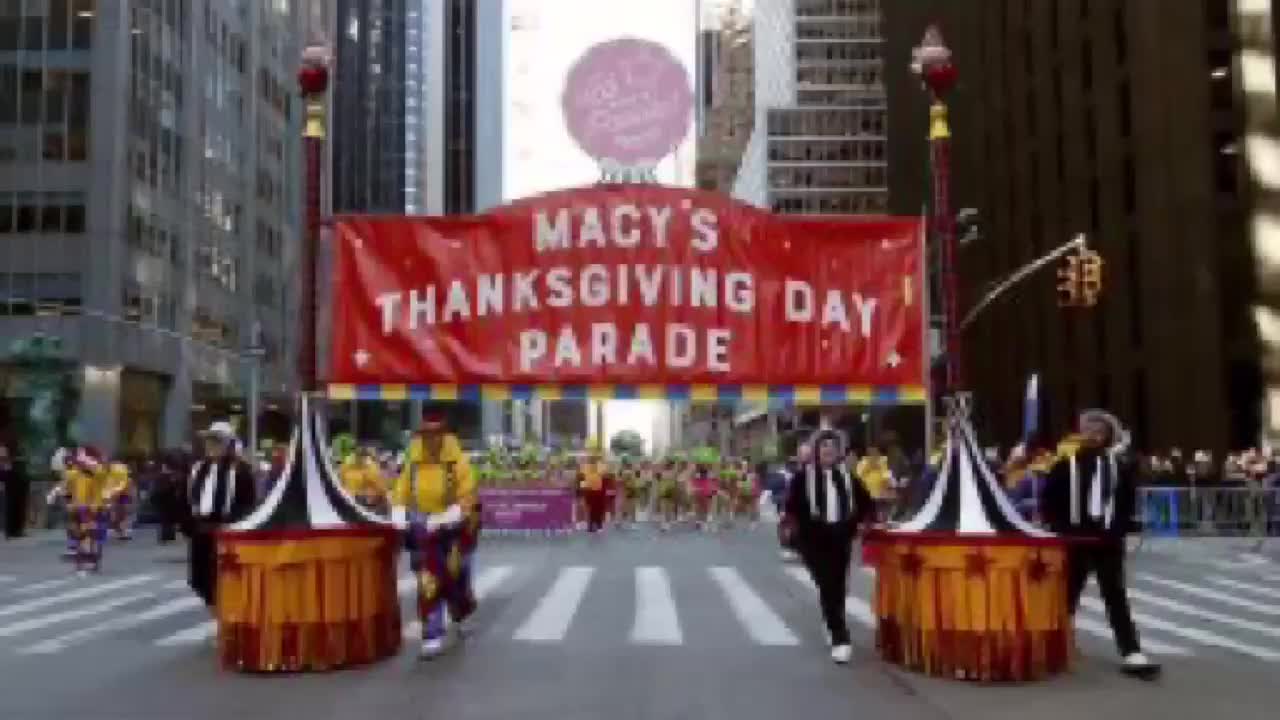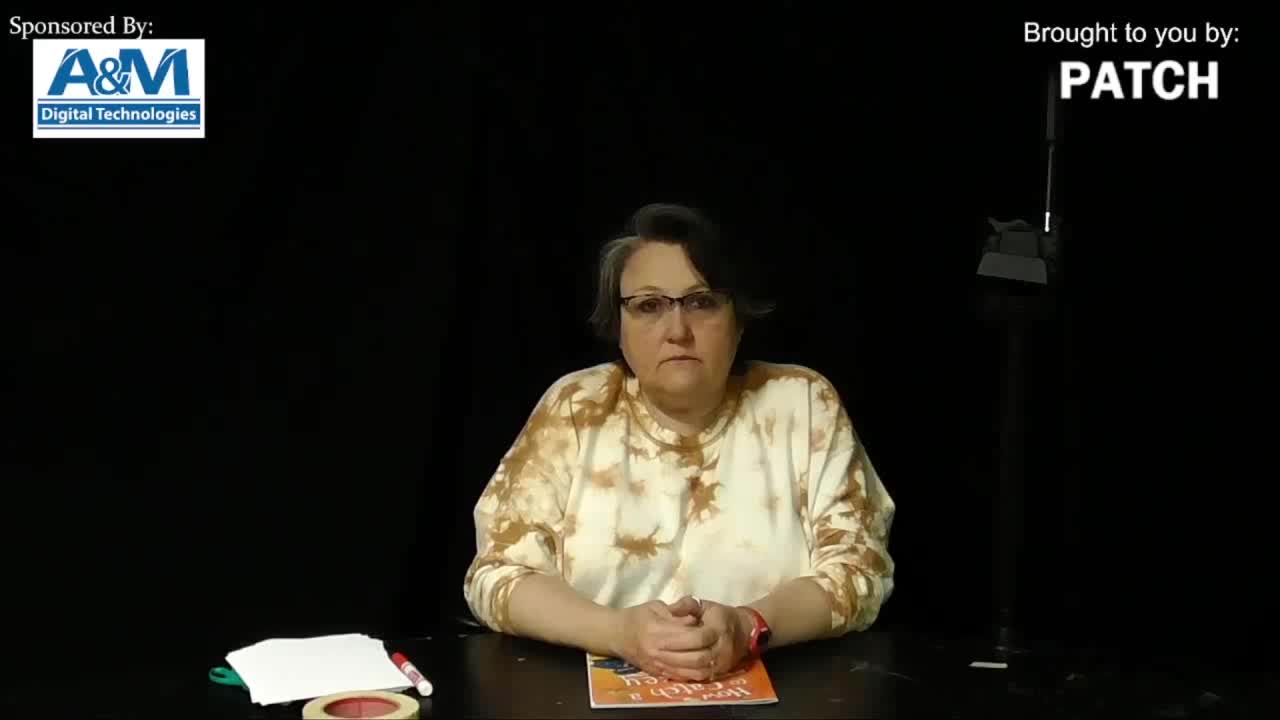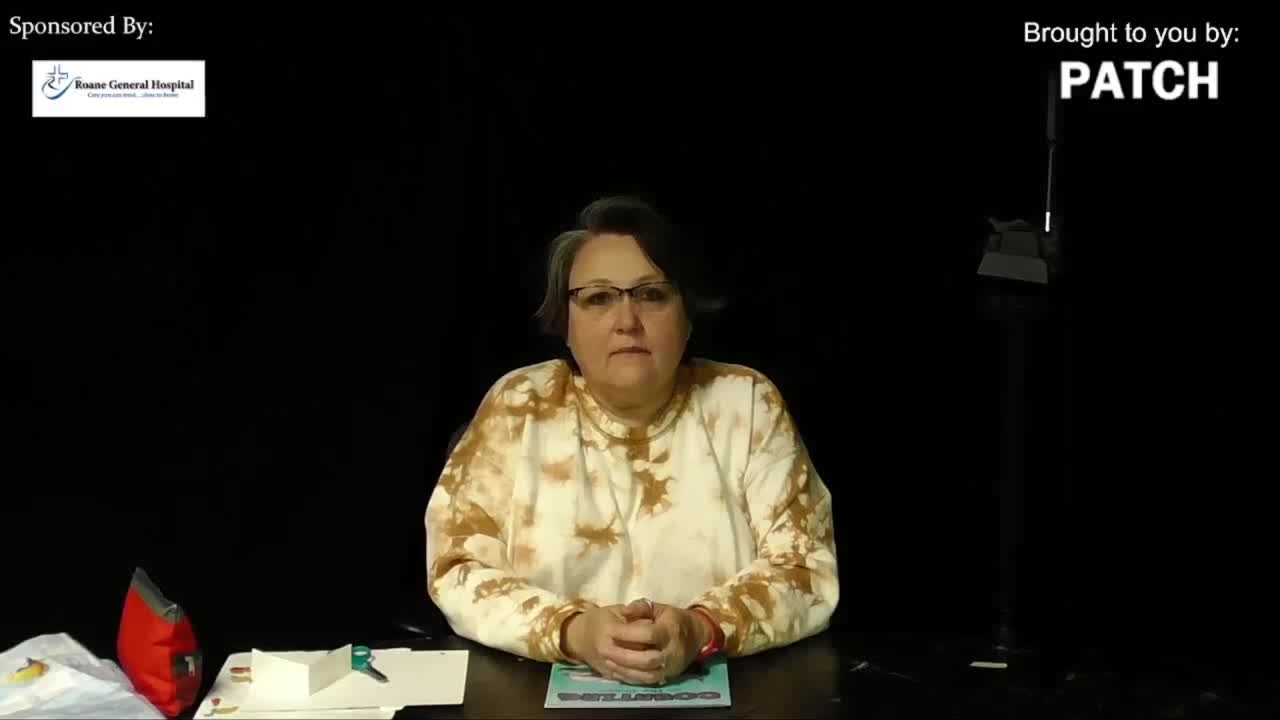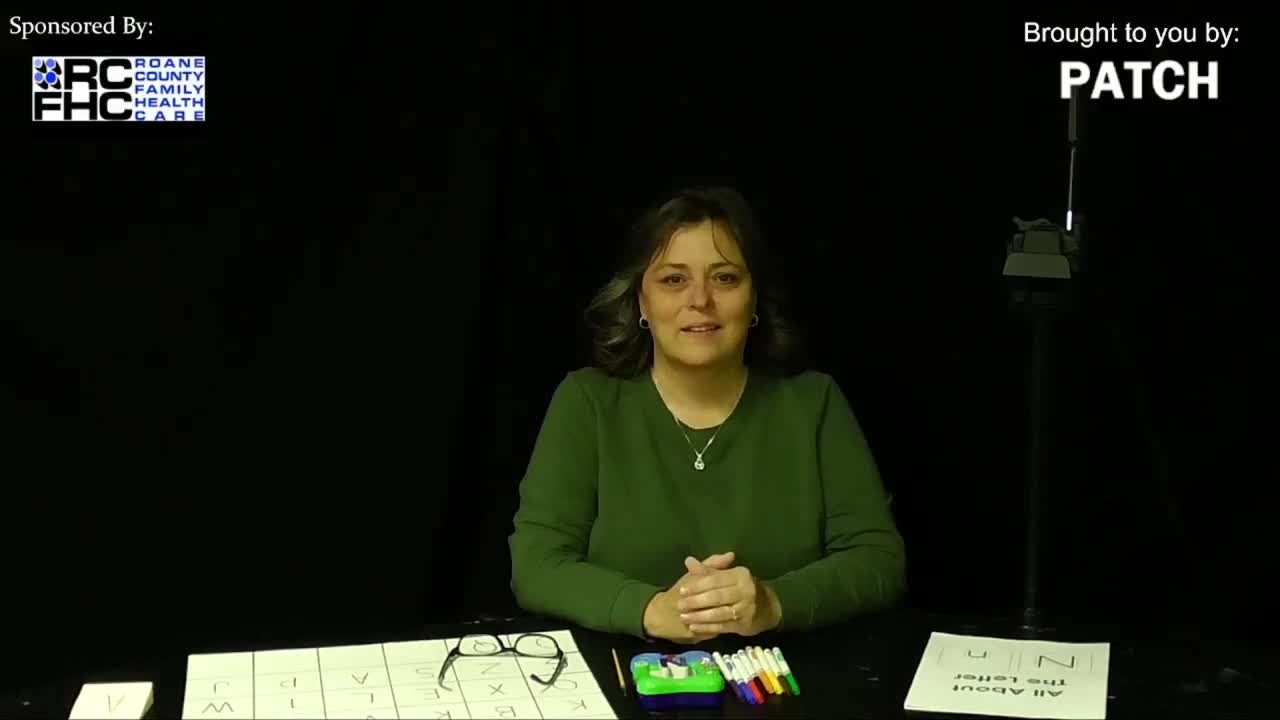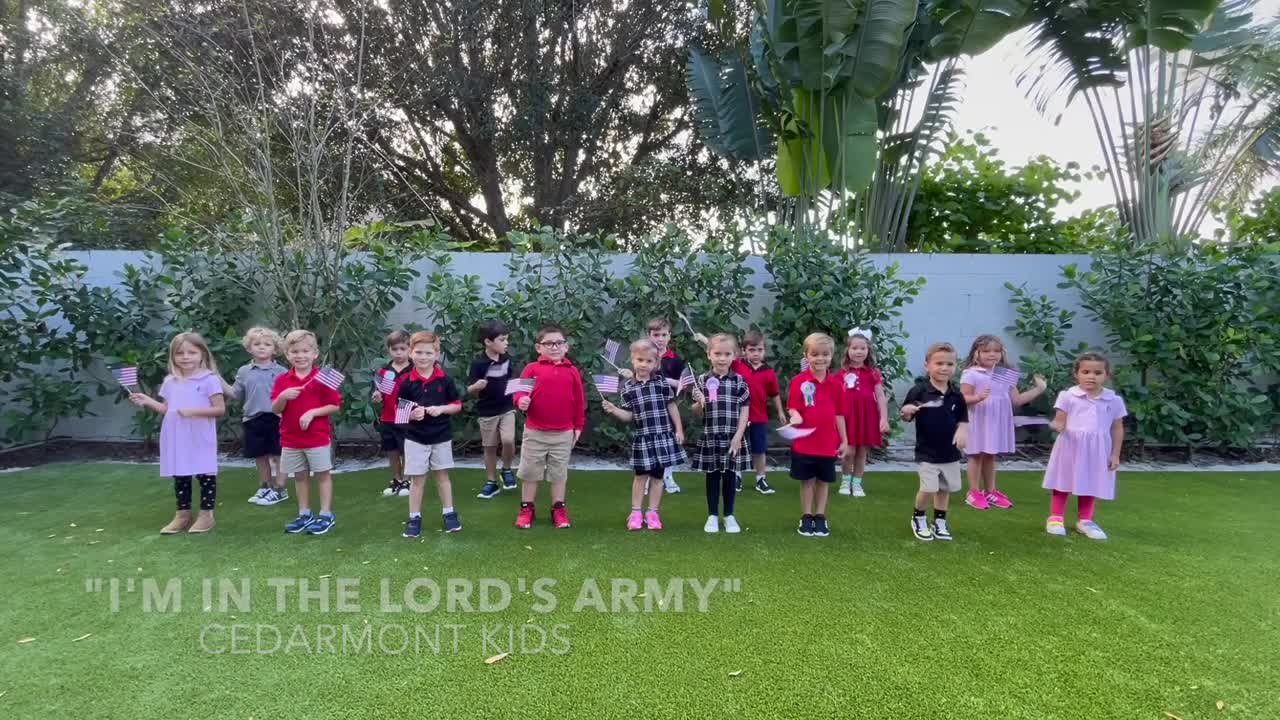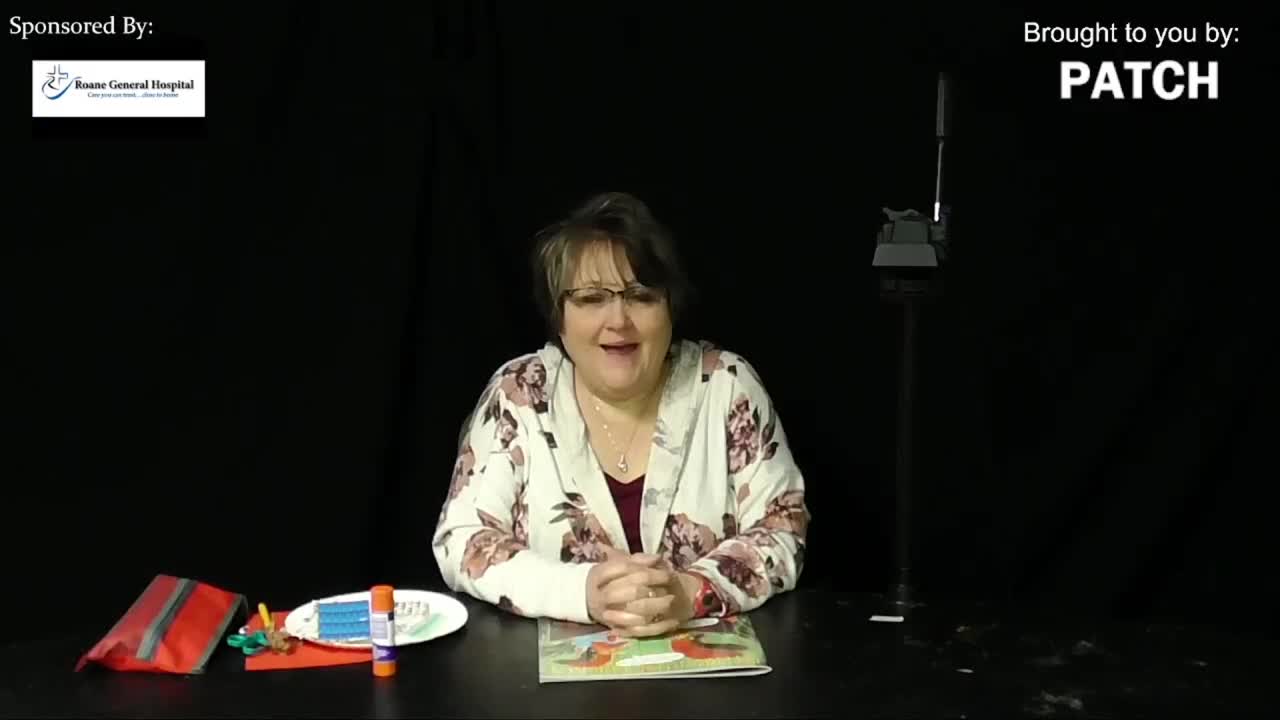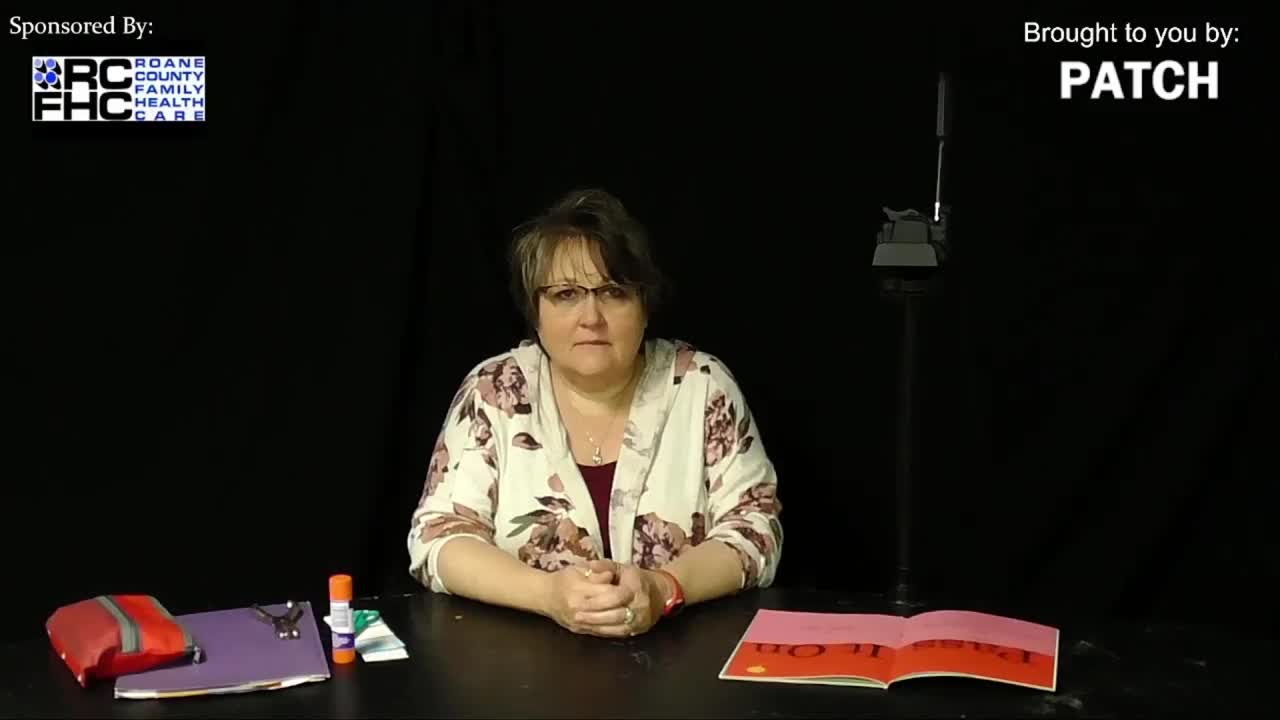Bar Model Problems - Fractions 1
Elementary / Math / Fractions
This video shows two examples of bar model problems using fractions.
In this next series of videos, we will be we will use some bar model problems that use fractions. And you will see that the way you solve this is very similar to the equal parts problems. Mainly because what is a fraction - it?s just a unit broken up into equal parts. For example, the fraction three fourths, you can think of that as a unit, in this case we?ll use a bar model for a unit broken up into four parts and you take three of them. So that is a representation of three fourths.
So it looks very similar to what we?ve been doing to equal parts. So, let?s look at our problems for this first worksheet. Here?s the first problem. This is the one you are going to work out with me on your worksheet. Jessica had some money and spent five eighths of it on dinner. If she spent thirty dollars, how much did she have at first? Okay so, our bar model, our unit will represent Jessica?s money. So this is Jessica?s money. Okay. And she spent five eighths of it so we are going to take her money and divided it into eight equal parts. So I?m gonna try this method. Break it up into four there and four here so I have one, two, three, four, five, six, seven, eight. Okay and now she spent five eighths of it so one, two, three, four five. Right there she spent that on dinner. So here goes the money she spent on dinner. And if you wanna mark them somehow, you can do that. So she spent five eighths of it on dinner. Now it says she spent thirty dollars. That?s what her dinner cost. Dinner was thirty dollars. And then what?s our question? How much did she have at first? Okay. Well if we know that this is thirty and it has one, two, three, four, five parts, we can figure out that each of those is six. Then we should have what we need to answer the question. Watching she had at first is represented by the whole bar which had eight equal parts there. So eight times six would be forty dollars she had total in the beginning before she bought her dinner. So we answer the question in a complete sentence format as always. She had forty-eight dollars at first. So that is the first problem. Now go ahead and try this second problem on your own. Pause the video and when you?re done come back and we?ll take a look at that problem.
Okay here?s the second problem. A necklace costs forty-eight dollars more than a bracelet. The cost of a bracelet is four sevenths the cost of the necklace. Find the total cost of the two items. Okay so we have two items here. We have a necklace and a bracelet. And we know that the cost of the bracelet is four sevenths the cost of a necklace. So, let?s let our unit bar model be the cost of the necklace which would be seven sevenths. One, two, three, four, five, six. Okay. That?s the cost of the necklace but the bracelet is four sevenths of that cost. So, if this costs seven units, this bracelet will cost four because it?s four sevenths of the necklace. Okay so here is a picture of what we know. We know the cost of the bracelet is four sevenths the cost of the necklace. If the necklace is seven units the bracelet is four. Four sevenths of it. Now we also know that the necklace cost forty-eight dollars more than the bracelet. So that?s this difference here. That difference is what it costs more than that. So that?s forty-eight. So now we?re given this number and we know that these three equal parts add up to forty-eight. So, forty-eight divided by three, is a sixteen. So, each of these is sixteen. All of the equal parts here is sixteen. So now we can find the cost of the two items. The necklace is gonna be sixteen times seven. So, sixteen times seven is a hundred and twelve. Now the bracelet is going to be sixteen times four. Sixty-four. We add those together we get one seventy-six. That is the total. I could have just said we had seven units here for here that?s eleven and I could have just done sixteen times eleven and gotten the same answer. Now for this part while some of you may have solved it a little differently and let me kind of go through an alternative way to solve this. We could?ve just drawn one bar model, you could have said, one, two, three, four, five, six, seven parts here and I could say the cost of a bracelet is four sevenths, one two three four I could say this is the bracelet and I could say this is the cost of a necklace and I could say the difference is forty eight. And from that picture I could still figure out that each of the equal parts here are sixteen and I could say that the cost of them both together would be one two three four five six seven parts for the necklace, eight nine ten eleven when I include the bracelet and I could just do sixteen times eleven and I would get the same answer. I would get one seventy-six.
So, either way is correct. Just use the way that makes more sense to you. For me I like to see them separately like this but either way is a correct way of solving this. So now you can work on the third problem on your own and we?ll go over it in class.
So it looks very similar to what we?ve been doing to equal parts. So, let?s look at our problems for this first worksheet. Here?s the first problem. This is the one you are going to work out with me on your worksheet. Jessica had some money and spent five eighths of it on dinner. If she spent thirty dollars, how much did she have at first? Okay so, our bar model, our unit will represent Jessica?s money. So this is Jessica?s money. Okay. And she spent five eighths of it so we are going to take her money and divided it into eight equal parts. So I?m gonna try this method. Break it up into four there and four here so I have one, two, three, four, five, six, seven, eight. Okay and now she spent five eighths of it so one, two, three, four five. Right there she spent that on dinner. So here goes the money she spent on dinner. And if you wanna mark them somehow, you can do that. So she spent five eighths of it on dinner. Now it says she spent thirty dollars. That?s what her dinner cost. Dinner was thirty dollars. And then what?s our question? How much did she have at first? Okay. Well if we know that this is thirty and it has one, two, three, four, five parts, we can figure out that each of those is six. Then we should have what we need to answer the question. Watching she had at first is represented by the whole bar which had eight equal parts there. So eight times six would be forty dollars she had total in the beginning before she bought her dinner. So we answer the question in a complete sentence format as always. She had forty-eight dollars at first. So that is the first problem. Now go ahead and try this second problem on your own. Pause the video and when you?re done come back and we?ll take a look at that problem.
Okay here?s the second problem. A necklace costs forty-eight dollars more than a bracelet. The cost of a bracelet is four sevenths the cost of the necklace. Find the total cost of the two items. Okay so we have two items here. We have a necklace and a bracelet. And we know that the cost of the bracelet is four sevenths the cost of a necklace. So, let?s let our unit bar model be the cost of the necklace which would be seven sevenths. One, two, three, four, five, six. Okay. That?s the cost of the necklace but the bracelet is four sevenths of that cost. So, if this costs seven units, this bracelet will cost four because it?s four sevenths of the necklace. Okay so here is a picture of what we know. We know the cost of the bracelet is four sevenths the cost of the necklace. If the necklace is seven units the bracelet is four. Four sevenths of it. Now we also know that the necklace cost forty-eight dollars more than the bracelet. So that?s this difference here. That difference is what it costs more than that. So that?s forty-eight. So now we?re given this number and we know that these three equal parts add up to forty-eight. So, forty-eight divided by three, is a sixteen. So, each of these is sixteen. All of the equal parts here is sixteen. So now we can find the cost of the two items. The necklace is gonna be sixteen times seven. So, sixteen times seven is a hundred and twelve. Now the bracelet is going to be sixteen times four. Sixty-four. We add those together we get one seventy-six. That is the total. I could have just said we had seven units here for here that?s eleven and I could have just done sixteen times eleven and gotten the same answer. Now for this part while some of you may have solved it a little differently and let me kind of go through an alternative way to solve this. We could?ve just drawn one bar model, you could have said, one, two, three, four, five, six, seven parts here and I could say the cost of a bracelet is four sevenths, one two three four I could say this is the bracelet and I could say this is the cost of a necklace and I could say the difference is forty eight. And from that picture I could still figure out that each of the equal parts here are sixteen and I could say that the cost of them both together would be one two three four five six seven parts for the necklace, eight nine ten eleven when I include the bracelet and I could just do sixteen times eleven and I would get the same answer. I would get one seventy-six.
So, either way is correct. Just use the way that makes more sense to you. For me I like to see them separately like this but either way is a correct way of solving this. So now you can work on the third problem on your own and we?ll go over it in class.
